How to Save Money on Prescriptions


Ask Your Doctor for Money-Saving Alternatives
Hit by sticker shock at the pharmacy? Talk to your doctor about it. Doctors don’t always know the price of the drugs they prescribe. Tell yours if you have trouble affording your medication. Ask if there are less expensive drugs or generics that will work as well. The FDA has approved over 10,000 generic drugs. They can cost up to 85% less than brand-name versions. Your doctor may be able to give you drug samples, too.
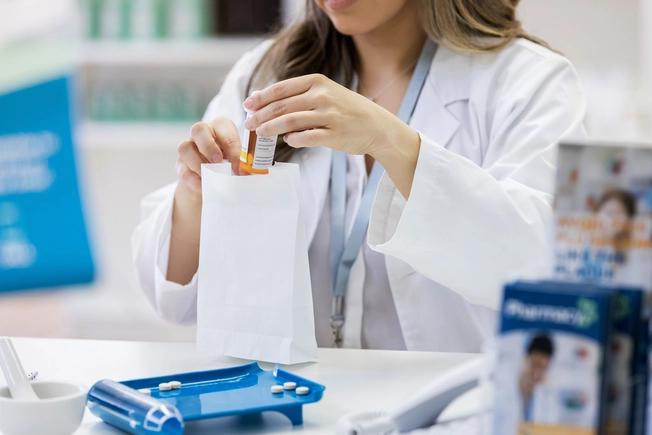
Use Preferred Pharmacies
Check your health insurance plan for discounts tied to specific pharmacies. Some are inside supermarkets like Kroger, Albertsons, and Publix, and stores like Target and Walmart. Drug prices are lower at preferred pharmacies because insurance companies negotiate prices with them. Whenever you shop for medical insurance, looking at preferred pharmacy discounts is one way to compare plans.

Get Familiar With Your Formulary
If you take medication regularly, get to know your insurance plan's drug formulary. It tells you and your doctor what price category, or tier, a certain drug is in and what it will cost you out-of-pocket. (Tier 1 is least expensive.) You may find it on the insurer's website, or you can call them to ask about a certain drug. This is another way to compare benefits and costs if you're switching health insurance plans.
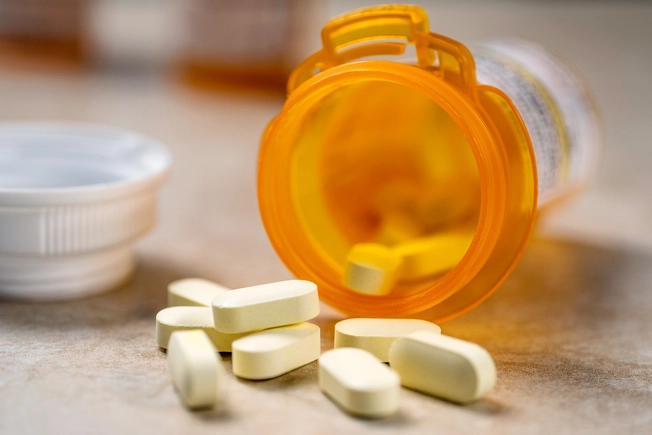
Get Help From Drug Companies
Many drugmakers list patient assistant programs (PAPs) on their websites. They're meant for people who can't afford the companies' brand-name drugs. To apply, you may need to show proof of income and other documentation. The Medicine Assistance Tool lets you search PAPs from many drug companies. Just plug in the name of your medications. Some drug companies also offer copay discount programs for people with health insurance.
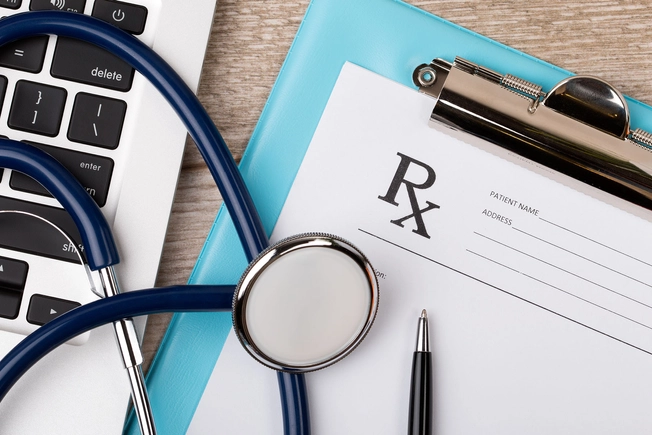
Buy in Bulk
If you take daily medications, you may get a big discount when you stock up. Some Medicare Part D plans offer 90-day mail-order generics at no cost. Many chain pharmacies also sell 90-day supplies at a discount, at the store or via mail order. You might save even more by buying up to a year's supply of some generics. Just keep in mind that you can't return any unused drugs. Ask your doctor if they can prescribe your medicines this way.

Size Up Online Rx Services
Alternative prescription delivery services are everywhere these days. Costco.com, HealthWarehouse.com, and Amazon.com are full-service pharmacies. Others, like ScriptCo.com, Ro.co, HoneybeeHealth.com, and CostPlusDrugs.com, offer mostly generics. Weigh their annual membership fees against the lower prices to see if you'll save. Some drugs cost less than insurance copays, but don’t count toward your deductible.

Apps to Compare Prescription Prices
Enter a drug and dosage, and these free tools show you prices at local stores. Click on your choice to get a digital coupon. Some even let you order home delivery. The pioneer, GoodRx, has a membership plan that covers 1,000 meds for under $10 per prescription. Others include RxSaver, SingleCare, PharmacyChecker, Blink, and WebMDRx. When you use these apps, you bypass insurance.
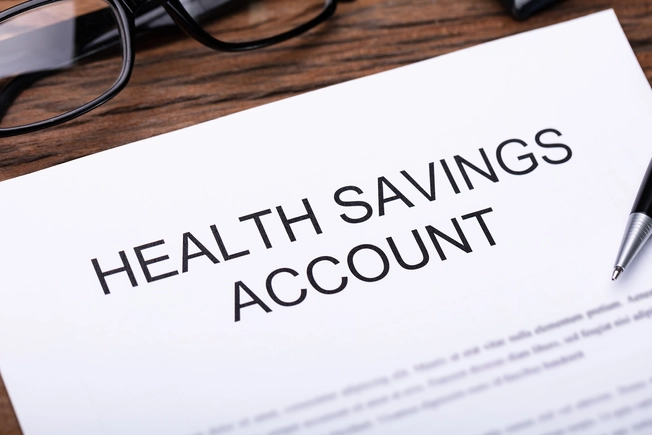
Pay With a Pretax Health Account
When you contribute some of your earnings to these accounts, you save the taxes you'd have paid on that income. With a flexible spending account (FSA) from your employer, you have to use these funds within a set time, and they may be limited to specific services. If you’re in a qualified high-deductible health insurance plan, you can set up a health savings account (HSA). HSA money rolls over year to year.

Check Out National Assistance Programs
NeedyMeds has resources for uninsured people, including free help to find and file paperwork for many PAPs. If you have insurance but still need help, try the Patient Advocate Foundation’s Co-Pay Relief program. The Assistance Fund also has programs that help cover drug copays and other medical expenses.

Tap Into Savings for Seniors
If you’re an older adult with limited income, the National Council on Aging’s BenefitsCheckUp search tool lets you hunt through 2,500 programs for help with prescription drugs and more. You may also qualify for Extra Help, a subsidy for people on Medicare Part D with low income. (You get Extra Help automatically if you're on both Medicaid and Medicare or get Supplemental Security Income.)
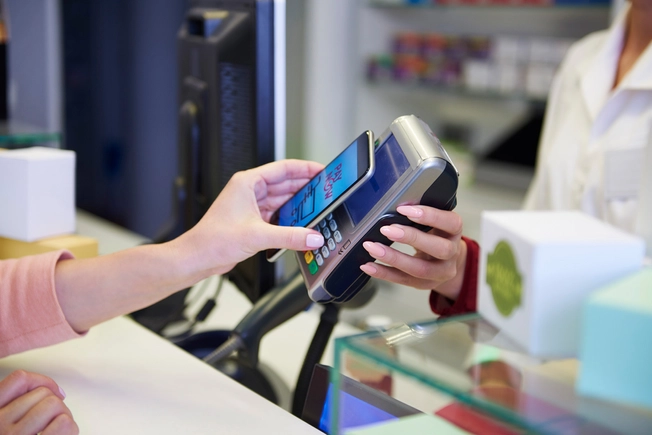
Join an Rx Plan Where You Shop
Some drug and supermarket chains have their own discount programs. For instance, the Walgreens Prescription Savings Club has hundreds of generics for between $7.50 and $15 for a 30-day supply, or $15-$30 for 90 days.
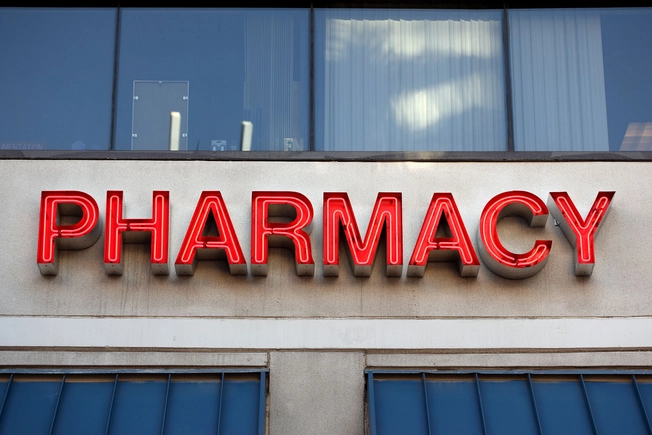
Ask for a Discount at an Independent Pharmacy
The price for a drug can vary a lot, even in the same community. Sometimes you can get a better price at your local drugstore because it's not locked into a set cost. Just ask the pharmacist. Even if your local pharmacy is part of a chain, it could help you access savings programs. For instance, CVS can use its own search tool to look for coupons, see what your insurance covers, and more.
IMAGES PROVIDED BY:
- Morsa Images / Getty Images
- SDI Productions / Getty Images
- 10'000 Hours / Getty Images
- Tetra Images / Getty Images
- Dutko / Getty Images
- MoMo Productions / Getty Images
- Karl Tapales / Getty Images
- AndreyPopov / Getty Images
- Prostock-Studio / Getty Images
- The Good Brigade / Getty Images
- Westend61 / Getty Images
- Kameleon007 / Getty Images
SOURCES:
Congressional Budget Office: “Prescription Drugs: Spending, Use, and Prices.”
FDA: “Saving Money On Prescription Drugs,” “FDA’s Generic Drug Program in 2020 Helped Ensure Availability of High-Quality, Affordable Drugs Amid COVID-19,” “Generic Drugs: Questions & Answers,” “Orange Book: Approved Drug Products with Therapeutic Equivalence Evaluations,” “Frequently Asked Questions on The Orange Book,” “First Generic Drug Approvals.”
Academy of Managed Care Pharmacy: “Preferred Pharmacy Networks,” “Formulary Management.”
Drug Channels: “Supermarkets Again Dash Past CVS and Walgreens in 2022’s Part D Pharmacy Networks.”
MedicineAssistanceTool.org: “Worried About Affording Your Medicine? MAT is Here to Help.”
Consumer Reports: “Online Pharmacies Can Help You Save Big on Prescription Drugs,” “5 Ways to Save on Prescription Drugs.”
Healthcare.gov: “People with coverage through a job,” “High Deductible Health Plans (HDHPs) & Health Savings Accounts (HSAs).”
HealthInsurance.org: “What is the difference between a Medical FSA and an HSA?”
City of Hope: “Patient Navigators: Specialized Assistance for Patients.”
Genentech: “How Can We Help You.”
Novartis: “Patient Assistance.”
National Psoriasis Foundation: “Patient Navigation Center.”
American Diabetes Association: “Help with Diabetes Costs.”
Cancer Financial Assistance Coalition: “Find Assistance from Organizations Providing Financial or Practical Help.”
American Lung Association: “Financial Assistance Programs.”
NeedyMeds.org: “Prescription Assistance.”
Patient Advocate Foundation: “Co-Pay Relief.”
The Assistance Fund: “Patient Resource Hub.”
National Council on Aging: “Benefits CheckUp,” “Prescription Assistance for Older Adults.”
Social Security Administration: “Extra Help with Medicare Prescription Drug Plan Costs.”
Walgreens: “Prescription Savings Club.”
Kroger: “Join the Club.”
CVS: “Helping you save on your prescriptions.”